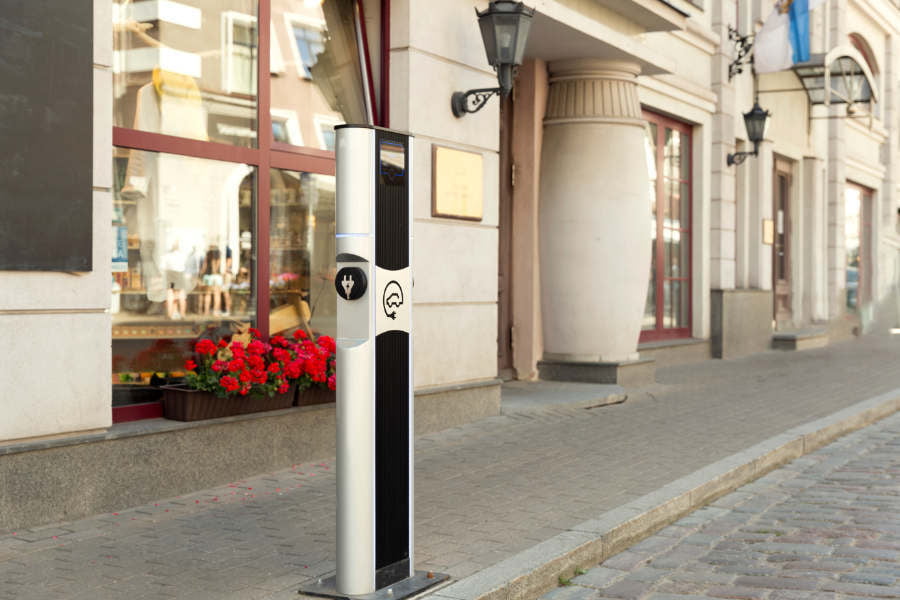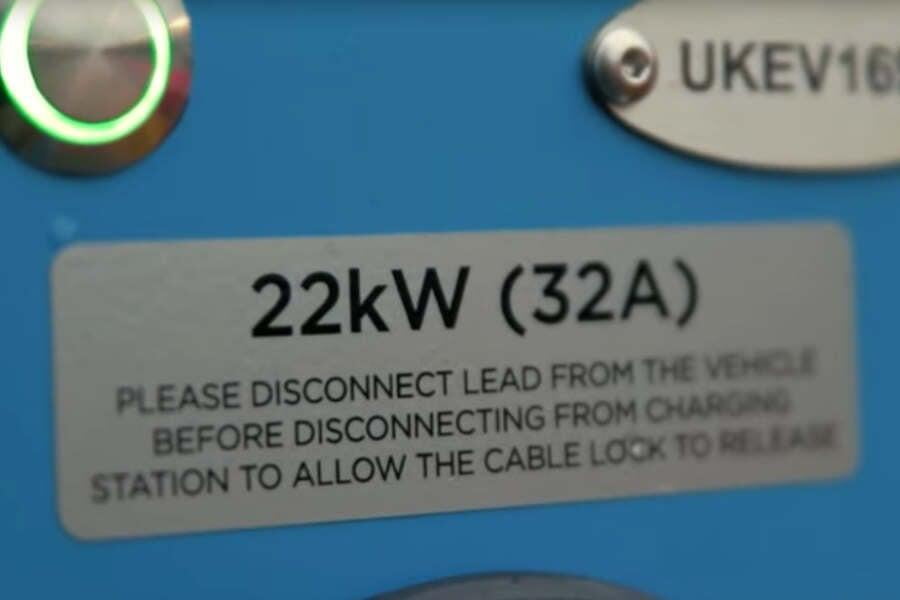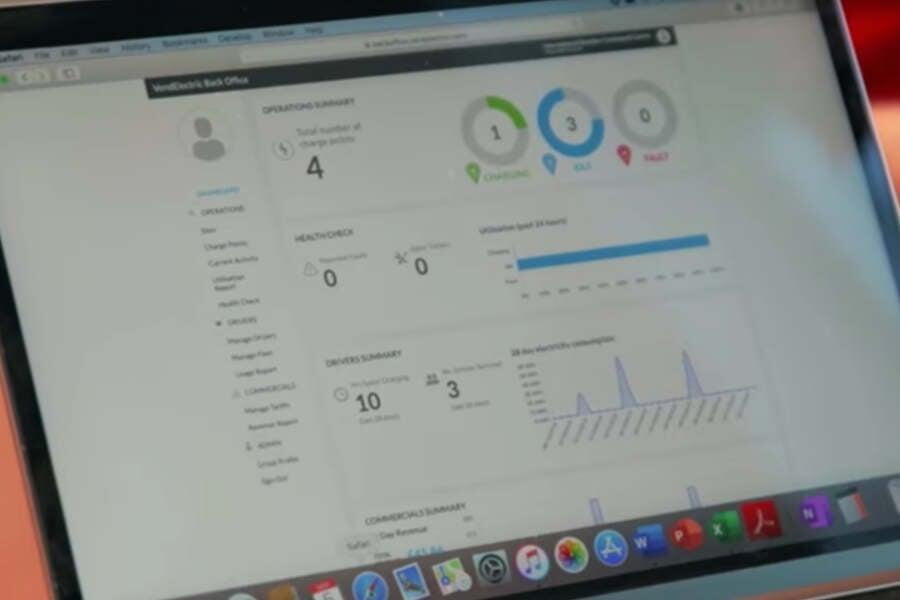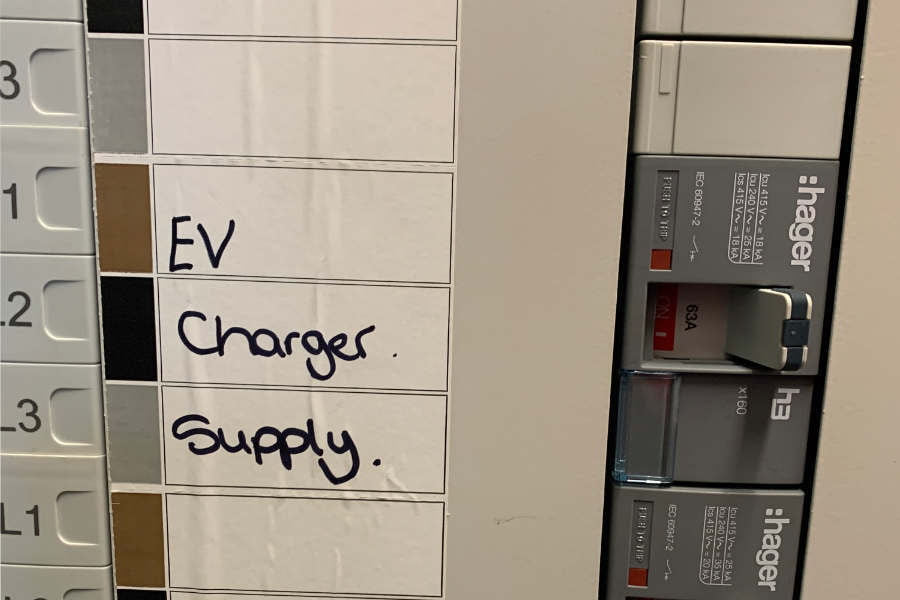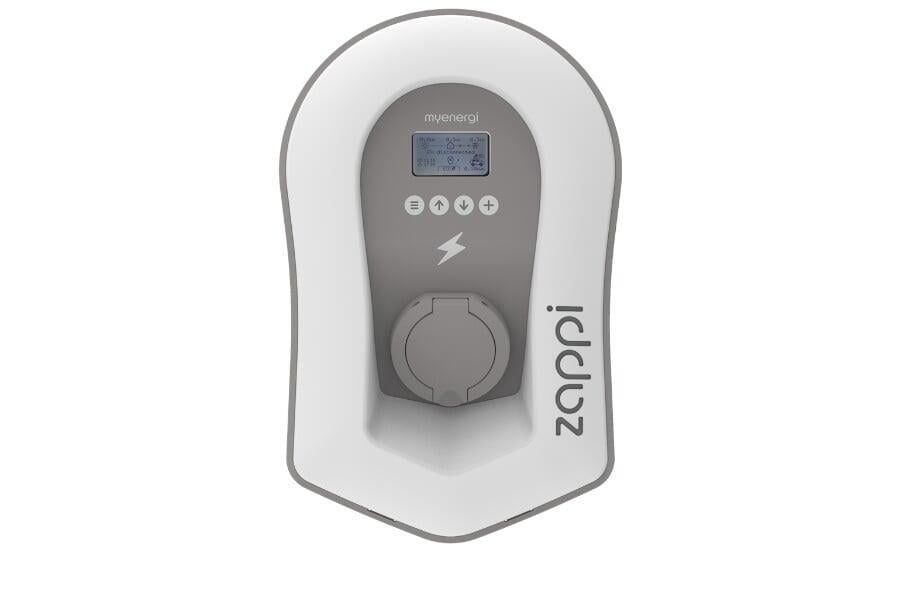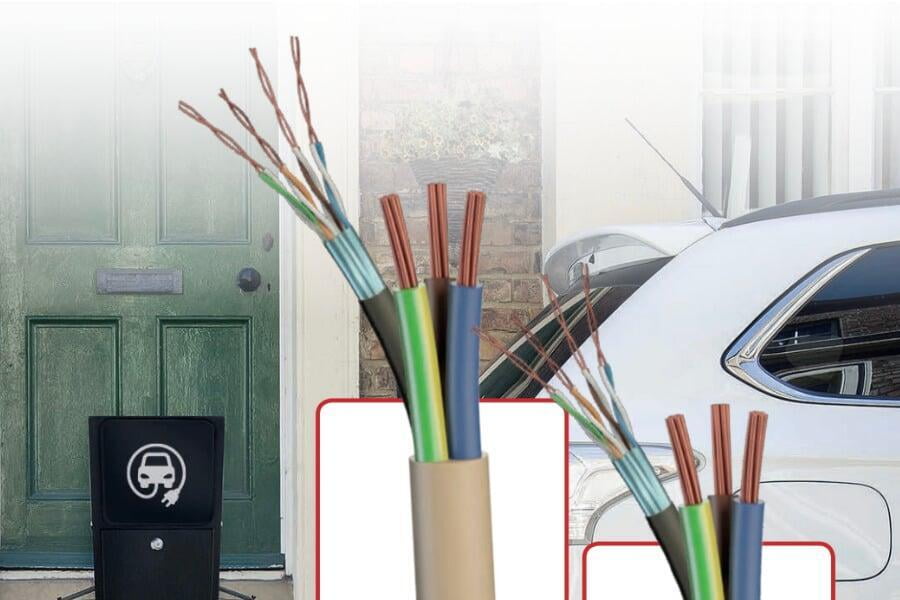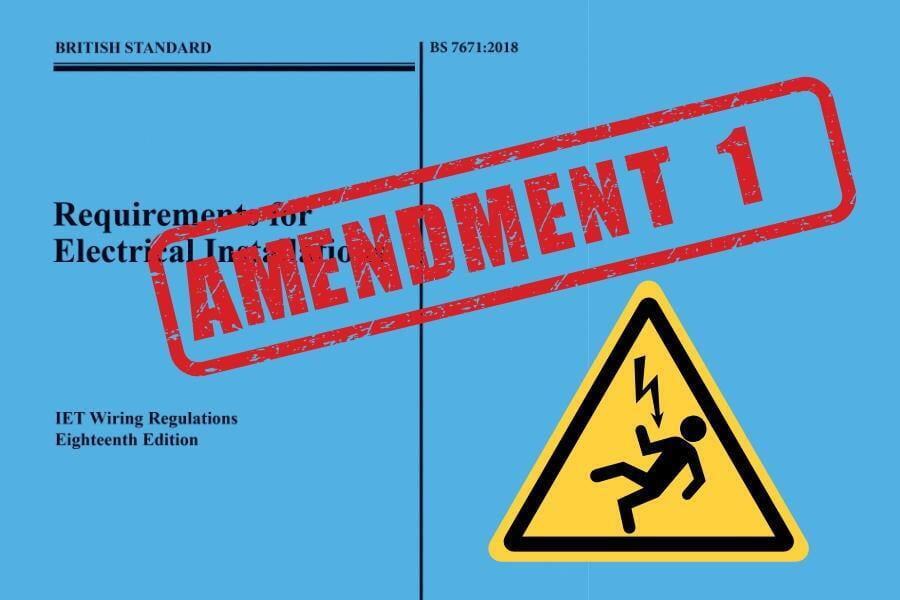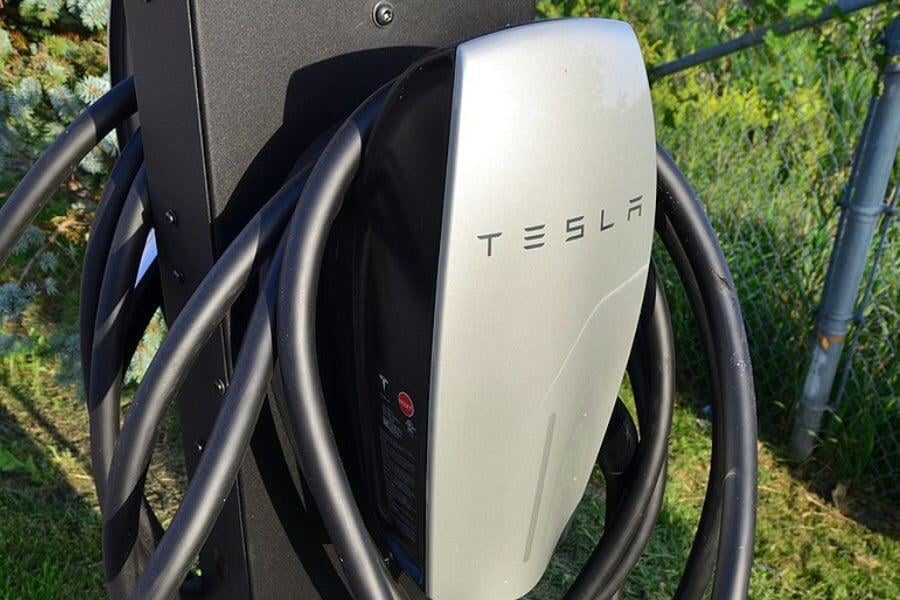How fast, How many, How soon - workplace and destination EV charging
The market for destination chargers in hotels, offices and tourist attractions is about to boom.
By Gordon Routledge
Tuesday 11th February 2020
SHARE IT
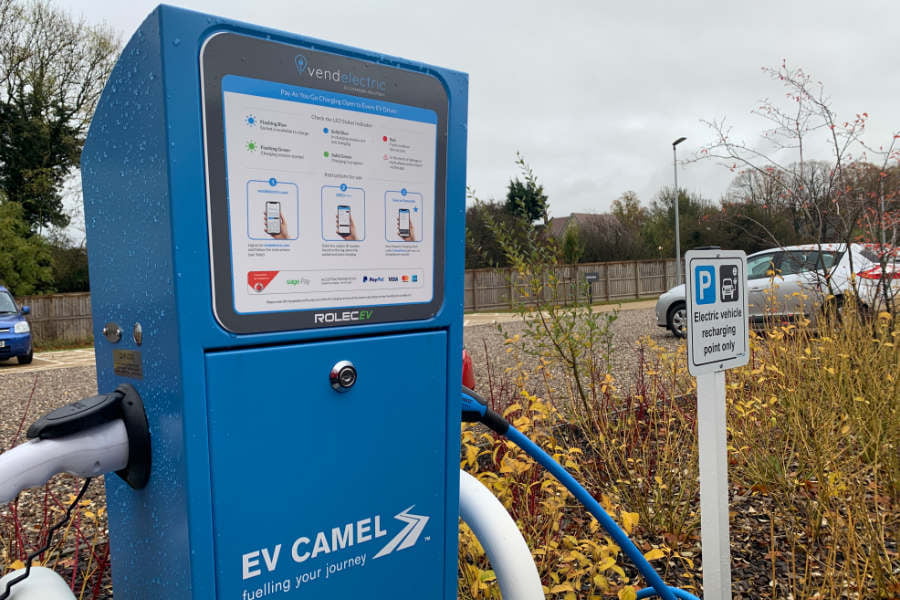
It's hard to avoid news stories about the rapidly growing electric car market. A critical factor in enabling the mass adoption of electric vehicles is the availability of charging points.
Charging at home is a relatively simple solution, but providing charging facilities in the workplace and other destinations such as hotels and tourist attractions present several challenges. The challenges all boil down to numbers how many charge-points, how soon do you install them, how fast should they operate, and how do I charge people to use them.
Case study: International Bomber Command Centre - Lincoln
Installation of 2 x 22kW destination chargers for visitor use. Controlled by Vendelectric app and back office monitoring software.
When should you install an EV charge point?
If you operate a hotel, the answer is now. Needing a hotel room usually means the guest has travelled some distance. An EV owner will look favourably on hotels which offer charging facilities. Other types of business need to keep a close eye on the number of EV's showing up at the door. Will offering charging facilities be an advantage, e.g. increasing dwell time in a shop or cafe.
How many EV charge-points should you install?
Visit a newly built office block or industrial unit, and you'll often see a pair of EV chargers greenwashed on to the car park as part of the planning process. The key question here is not how many I need today, but how many you are going to need over the coming years. The term "future proof your dig." is often used when referring to destination charging. One of the most expensive processes in installing EV chargers is routing the cable to the car park. Ensuring that cable ducts have the capacity and are easily accessible for future additions will avoid the need to dig up the car park.
How fast should destination chargers operate?
The speed of charging should match the typical time a user will spend at the location. An overnight charge for a hotel visitor and a faster charge rate for a business or tourist attraction visitors. A mixture of different charging types to allow for different users and visitor scenarios could be a good option.
7kW - Single phase charger for overnight / full day charging
22kW - Three-phase for reasonably fast "visitor" charge.
How does the user pay EV for charging?
Before looking at how a much a user should pay, consider how much EV charging costs. Say an employee charges for 4 hours per day at 7kW - that's around £4 per day or nearly £1000 a year. Similarly, if you have a visitor who drops in for an hour and uses your 22kW charger - that's £3.30 added to your electricity bill - more than the price of a cup of Starbucks coffee. So unless you want to hand out generous employee and visitor benefits, you'll be looking for a payment system. Charging platforms come in all sizes, a flat rate fee, tokens, to sophisticated apps. It's early days, so again keep flexibility in mind. You may offer free charging to start and need to introduce fees as demand increases. Look for a charger solution which provides compatibility with OCPP - open charge point protocol.
The advantage with app-based charging systems is they allow flexibility. You could set different rates based upon visitor types or reflect the time of use electricity tariffs.
Okay, this all sounds a bit of a minefield, so just one more consideration to throw into the equation.
Does the building have enough power?
The limiting factor for most destination EV charging installations is going to be the power supply to the building. Add ten 7kW chargers to a car park, and you've probably already exceeded the maximum available power for a small commercial three-phase installation.
So either a supply upgrade is required, and that's expensive, or some trade off's are required. The balancing act is a combination of the factors above, plus the available power supply.
